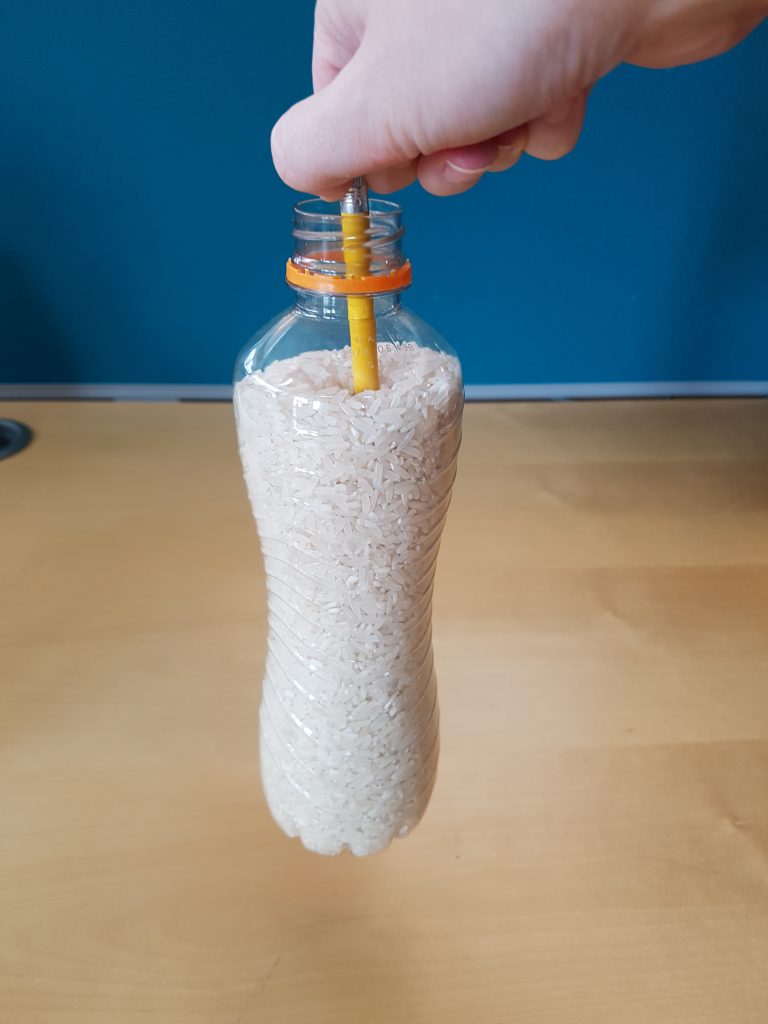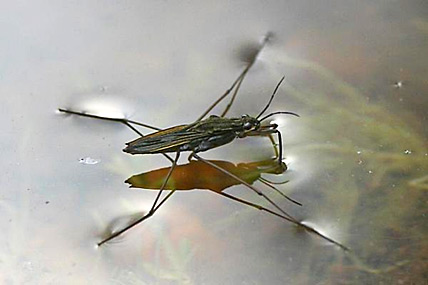
Ever wondered what makes the perfect pancake flip? Let’s look at the physics behind getting those pancakes flying through the air.
If we start with our pancake at rest in the pan, the pancake will not move unless a force is put upon it. This is Newton’s first law of motion, an object at rest will remain at rest unless acted on by an outside force. In order to launch our pancake in the air we therefore apply a force to it. We can use an energy equation to work out the velocity (speed with a direction) needed to launch the pancake into the air as follows:
m – Mass of the pancake
g – Gravitational field of the earth 9.81 metres per second
h – Height of pancake flip
v – Launch velocity
We now need Newton’s second law of motion to find out how fast we need to flip the pancake. Newton’s second law of motion states that a force, acting on an object, will change its velocity by changing either its speed and/or its direction. In the case of our pancake the flipping force will increase the velocity and send the pancake in an upwards direction. The energy equation can be rearrange to give the pancake launch velocity:
If we want to flip the pancake 1 metre in the air we need a launch velocity of 4.4 metres per second. If our launch velocity is over 6 metres per second however, our pancake will get stuck to the ceiling! We also have to be fast to catch the pancake as it falls back down or we could be left with pancake on the floor! For a flip of 1 metre we only have 0.9 of a second to catch our pancake. We can calculate the air time (t) of our pancake using the following equation: So when you are flipping your pancakes today think of all the wonderful physics behind that perfect flip!
So when you are flipping your pancakes today think of all the wonderful physics behind that perfect flip!











